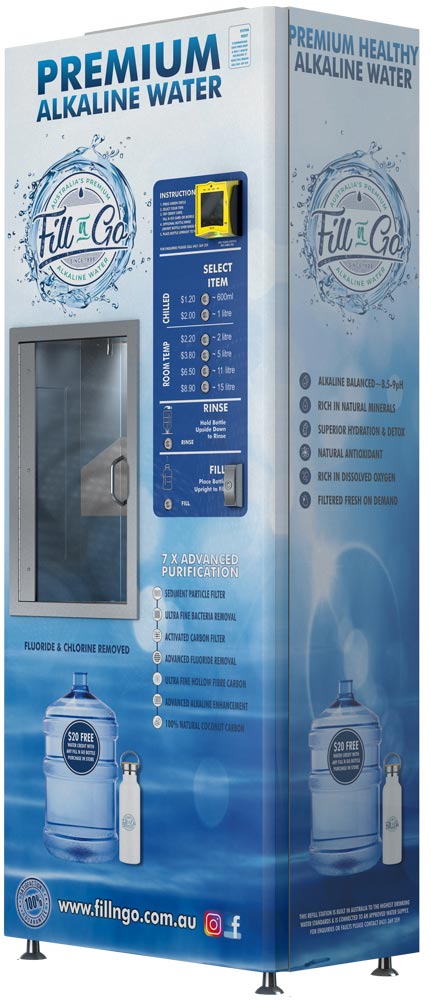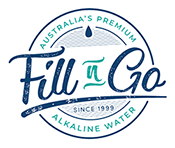In extraction: The setup of the spring water extraction facilities usually involves clearing of land and the natural habitat. Spring water is extracted from underground aquifers upstream from where the water surfaces. This disrupts the aquifers natural flow, affecting flora, fauna and sometimes draining the entire aquifer.
In production: Most bottled spring water is packaged in single use PET (polyethylene terephthalate) plastic bottles which are derived from crude oil. It can take up to 3 litres of water to produce 1 litres of water.
In transportation: Transportation of bottled water around the world requires burning of fossil fuels to power trucks and ships. Contributing to increasing air pollution.
In landfill and the litter stream: Although plastic bottles are recyclable, the majority end up in our water ways, oceans, landfills and take up to 1000 years to break down. When littered they break up in smaller pieces ( micro-plastics ), which kills marine and bird life because they mistake them for food. This is how micro-plastics enter our food chain, when we eat fish and other sea life, bottled water and unfiltered tap water we are consuming large amounts of micro-plastics.
The health effects from long term ingestion of micro-plastic are still unknow, but you can be assured that it’s probably not going to be good news.



